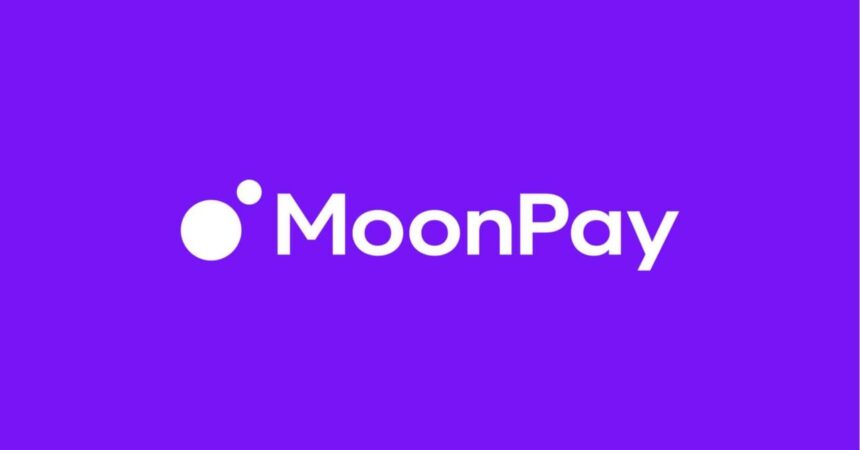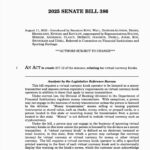Stripe Faces Opposition Over USDH Stablecoin Proposal
Stripe is encountering resistance in its effort to issue Hyperliquid’s proposed USDH stablecoin. A coalition of crypto firms, which includes MoonPay, Agora, and Rain, has lined up competing proposals against those of Paxos and Frax.
In a message on Discord this past Friday, the Hyperliquid team revealed its intention to create a “Hyperliquid-first, Hyperliquid-aligned, and compliant USD stablecoin” that will bear the USDH ticker. Shortly after, the Native Markets teams submitted the initial proposal, which would involve Stripe’s stablecoin payment processor, Bridge, issuing USDH.
Native Market’s proposal promised to provide “a meaningful share of its reserve proceeds” to Hyperliquid’s Assistance Fund treasury, mint directly on the ecosystem, and adhere to regulatory compliance. However, Agora co-founder and CEO Nick Van Eck put forth an alternative proposal, challenging the Stripe-linked option:
“If Hyperliquid relinquishes its canonical stablecoin to Stripe, a vertically integrated issuer with clear conflicts, what are we all even doing?” Van Eck questioned. He further emphasized that Agora “strongly urges caution against the utilization of Stripe (Bridge) as an issuer.”
Van Eck contended that Bridge lacks adequate financial infrastructure and product experience, and highlighted Stripe’s intention to launch its own Tempo blockchain as a potential conflict of interest. “Stripe is committed to driving activity to this ecosystem,” he noted, posing the question:
On Sunday, MoonPay president and board member Keyth Grossman announced the payment processor’s support for Agora’s proposal to issue USDH for Hyperliquid while also “providing the regulated payment rails to power this initiative.” Grossman echoed Van Eck’s remarks by strongly criticizing the Native Markets proposal. “USDH deserves scale, credibility and alignment — not BS capture. That is this coalition, not Stripe,” he asserted.
Rob Hadick, a general partner at venture capital firm Dragonfly.xyz, expressed his excitement on X this past Sunday. He stated that the inclusion of MoonPay into the coalition made it the “unarguable best” proposal for USDH issuance.
Aside from the Stripe-related proposal, the coalition also faces competition from stablecoin issuer Paxos. On Sunday, Paxos submitted its own proposal to launch USDH, pledging to allocate a percentage of the interest generated from USDH reserves to buy back Hyperliquid’s native token, HYPE, and redistribute it to users, validators, and partner protocols.
Another proposal comes from the Frax blockchain, which has promised to return all earnings from USDH — backed by its frxUSD — to the community. “We’re proposing something no one else will match: give everything back to the community,” the proposal asserted.
This rivalry highlights the increasing activity within the stablecoin sector as regulators and financial institutions step in. Reports indicate that HSBC and ICBC are preparing to apply for stablecoin licenses in Hong Kong, where a new regulatory framework took effect on August 1.
Adoption is also progressing swiftly, with regulators in Kazakhstan recently permitting license and supervision fees to be paid in US dollar-pegged stablecoins.
The US state of Wyoming also plans to introduce the Frontier Stable Token (FRNT), a stablecoin authorized by the local government. Additionally, 1Money, a company developing a layer-1 blockchain for stablecoin payments, has recently announced that it has secured up to 34 US money transmitter licenses, along with a license from Bermuda.
Earlier this month, European Central Bank President Christine Lagarde urged EU lawmakers to address deficiencies in stablecoin regulation. “[The US government’s policies] could potentially result not just in further losses of fees and data, but also in euro deposits being moved to the United States,” warned ECB executive board member Piero Cipollone in April.



















